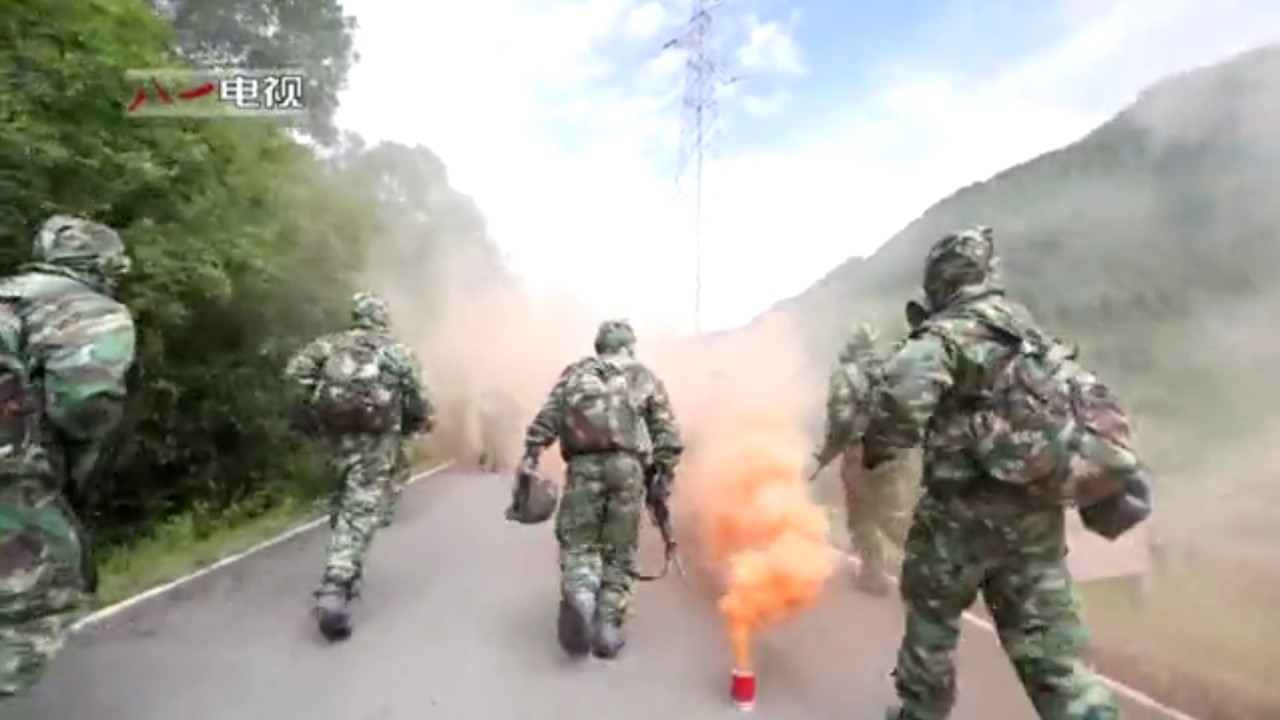
China’s growing nuclear arsenal raises real risk of attack, top US commander warns
- US Strategic Command head says Chinese military could change its ‘no first use’ policy at any moment
- Conflict could escalate if conventional loss seen as threatening the state, he says
The US military must prepare for the “very real possibility” of a nuclear attack as China and Russia rapidly expand their arsenals, the head of America’s nuclear weapons has warned.
“At the US Strategic Command, we assess the probability of nuclear use is low, but not ‘impossible’ particularly in a crisis and as our nuclear-armed adversaries continue to build capability and exert themselves globally,” Richard said in an article in the February issue of the US Naval Institute’s Proceedings magazine.
He said the US military must shift its main assumption from “nuclear employment is not possible” to “nuclear employment is a very real possibility”, and act to “deter that reality”.
He said Russia and China were “aggressively challenging” world peace with their growing capability, and could escalate a conflict into nuclear war if they” perceived a conventional loss would threaten the regime or state”.
“Beijing is pursuing capabilities and operating in a manner inconsistent with a minimum deterrent strategy, giving it a full range of options, including limited use and a first-strike capability,” he said.

03:12
China’s military launches a drill on nuclear emergency rescue operations
On Tuesday, the presidents of the US and Russia formally agreed to extend the 2010 New START treaty, which limits each side to 1,550 long-range nuclear warheads and no more than 700 operationally deployed.
The last remaining arms control deal between the world’s two dominant nuclear powers had been set to expire on Friday and the Trump administration had refused to approve the extension, partially citing China’s absence from the deal.
What is the Treaty on the Prohibition of Nuclear Weapons and will it make a difference?
But on Wednesday the US State Department said each agreement must address specific problems and not all arms control endeavours with Russia must include China.
Nevertheless, it was necessary to bring China to the negotiating table and limit its nuclear build-up in a potential “trilateral forum”, and the extension of the treaty could pressure Beijing to do so, the department said.
“[China] is the least transparent member of the P5 nuclear-weapon states, appears to be shifting away from its long-standing minimalist nuclear force posture, and its nuclear stockpile looks set to more than double in size over this decade,” it said.
“To prevent an unconstrained nuclear arms competition and enhance stability, the world will need nuclear arms control that includes [China] … We are prepared to engage [China] on nuclear risk reduction and arms control.”
China has never disclosed the size of its nuclear arsenal but it is estimated to have 200-300 nuclear warheads, roughly the same as Britain and France and well below the number held by Russia and the US.

